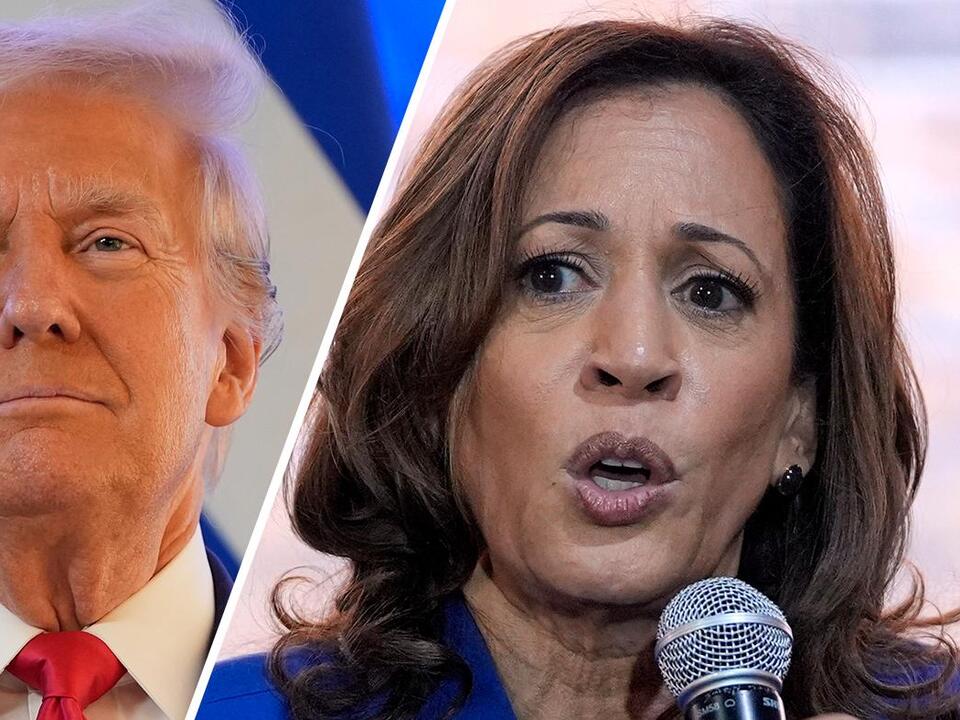Physical Address
304 North Cardinal St.
Dorchester Center, MA 02124
Physical Address
304 North Cardinal St.
Dorchester Center, MA 02124

As the race for the 2024 presidential election heats up, candidates from both major parties are embracing markedly different economic messaging strategies compared to previous cycles.
In past elections, it was common for candidates to shift towards the ideological center on economic issues, aiming to garner support from middle-class moderates. However, this time, there seems to be a clear pivot towards populism, focusing on the needs of lower-income voters.
This shift in strategy was evident during the recently concluded Democratic National Convention. The event was characterized by proposals that aimed directly at alleviating financial burdens for households, emphasizing the costs of food, healthcare, and housing.
Compared to previous conventions that featured broader policy discussions, this year’s messaging focused on relatable financial struggles faced by everyday Americans.
Gary Hufbauer, a senior fellow at the Peterson Institute for International Economics, highlighted that the Democrats are directing their attention towards a small percentage of undecided voters in critical swing states, likely aiming at those who feel marginalized in the current economy.
Vice President Kamala Harris’s economic proposals included significant initiatives such as a federal ban on price gouging for food, strategies to lower insulin and prescription drug prices, and plans to cancel medical debt for struggling families.
Harris also committed to a comprehensive construction initiative to address the nation’s housing shortage, pledging to build 3 million affordable homes within her first term. She asserted that the focus would be on working- and middle-class Americans rather than investors.
The Senate Democrats reinforced Harris’s message, underscoring the expansion of tax credit programs that significantly helped lower and middle-income families during the pandemic. Senate Finance Committee Chair Ron Wyden stated that Harris’s agenda tackles the financial pressures most affecting American households.
However, the proposed ban on price gouging faced backlash from business groups and traditional economists, who viewed it as a form of price control that could create more issues than it solves. The U.S. Chamber of Commerce expressed concerns about potential shortages stemming from such controls.
Experts like University of Pennsylvania economist Kent Smetters echoed these concerns, pointing out that price controls could deter businesses from producing goods if they cannot secure a profit, leading to scarcity.
Hufbauer warned of the complications that could arise from defining and enforcing these policies, suggesting they would likely lead to shortages and possibly black markets.
On the other hand, some proponents, including economist Lindsay Owens, argued against the notion that the proposed measures were equivalent to price controls, noting that many states already have price gouging laws in place.
The Republican camp is also adopting a populist economic messaging approach as the election cycle progresses. During the Republican National Convention, former President Donald Trump highlighted issues pertinent to lower-income voters, such as the elimination of taxes on tips for service workers and implementing tariffs aimed at boosting domestic employment and wages.
Trump sought to portray these initiatives as a direct response to the needs of working-class Americans, even sharing an anecdote about a waitress who inspired his proposal on tips.
Despite the financial implications, analysts have expressed concerns about Trump’s tariff proposals, labeling them as economically detrimental and politically unwise. Moreover, opinions surrounding tariffs have shifted for Republicans, with many now viewing them as beneficial for Trump’s working-class image.
Interestingly, economic trends observed during the 2022 midterm elections suggest that the emphasis on lower-income economic issues may have influenced outcomes favorably for Democrats, allowing them to retain control of the Senate against expectations of a red wave.
Research indicated that low-income workers experienced significant wage growth between 2020 and 2022, fueled by federal economic stimulus and favorable labor conditions. This phenomenon, identified as wage compression, marked a significant departure from decades of stagnant low wages.
Overall, the economic landscape of the 2024 election reflects a departure from the traditional centrist focus toward a more direct appeal to the lower-income demographic, as candidates navigate a highly polarized and competitive political environment.
Source: The Hill



